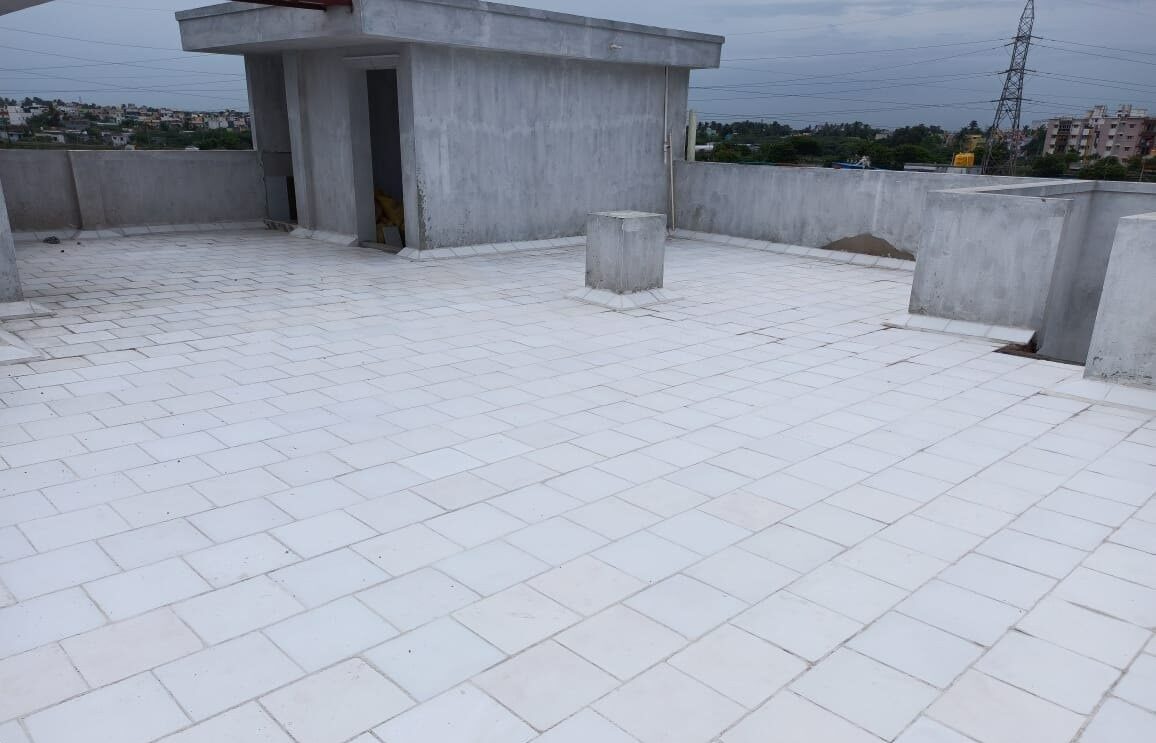Here are some definitions of ceramics:
- The art and science of production and use of objects formed from solids, whose essential components are inorganic and non- metallic materials. This includes, potteries, porcelain, tiles, refractory materials, terracotta products, abrasives, sheet enamels, cements, glasses,
Magnetic non metallic materials, ferro electric materials, synthetic mono crystals and vitroceramics.
- Any inorganic and non- metallic product made by treatment by temperatures higher than 540deg c ( kaolinite Al2(sio2o5)(oH)4 which is the main ingredient of clays, under goes irreversible reaction and transforms in to metakaolin when heated above 500 deg c). or used under conditions implying these temperatures, which includes metallic oxides and borides, carbides, nitrides and mixtures of these compounds.
- Cermic materials are based on inorganic non metallic compounds, primararily oxides, but also nitrides, borides, cardides, silicides, they must contain at least 30% of crystallised phases by volume, they exhibit a fragile behaviour.
- Ceramic materials are synthetic materials, mainly composed of iono-covalent inorganic phases, not fully amorphous and generally consolidated by sintering at high temperatures of a powdery compact formed in the shape of desired objects, the starting powders being generally prepared from crushed rocks.



